PP MATERIAL POWER STRIP produced by Hangzhou Newmany Electronics Co., Ltd. has strong ability to withstand high temperature and electrical load
The PP material power strip produced by Hangzhou Newmany Electronics Co., Ltd. is designed with several key attributes that contribute to its ability to withstand high temperatures and electrical loads. Here's a closer look at these features:
Polypropylene (PP) is known for its good thermal resistance compared to other plastic materials. This characteristic allows the PP material power strip to handle elevated temperatures without deforming or losing structural integrity. This is crucial for maintaining safety and performance when the power strip is subjected to high electrical loads or operating in warm environments. The ability to withstand high temperatures helps prevent overheating, which can be a major cause of electrical failures and hazards.
PP material power strips are engineered to manage substantial electrical loads effectively. The material's inherent properties support the safe conduction of electricity through the power strip, ensuring that it can handle the power requirements of connected devices. This capability is essential for preventing issues such as overheating or electrical arcing, which can occur if the power strip is unable to support the load.
The robustness of PP material enhances the overall durability of the power strip. Its ability to withstand both high temperatures and electrical loads reduces the risk of damage under normal operating conditions. This durability translates into a longer lifespan for the power strip, which means fewer replacements and reduced overall costs. Additionally, the high-temperature resistance of PP material contributes to a safer user experience by minimizing potential hazards related to heat buildup.
The design of the PP material power strip incorporates features that maximize its performance under high-temperature and high-load conditions. This may include adequate spacing between outlets to ensure proper heat dissipation, high-quality internal components to handle electrical stresses, and design elements that enhance airflow around the power strip to further reduce heat accumulation.
Due to its ability to handle high temperatures and electrical loads, the PP material power strip is suitable for various applications, including industrial settings, home offices, and other environments where heavy electrical equipment is used. It is particularly useful in scenarios where reliable performance and safety are critical.
The PP material power strip from Hangzhou Newmany Electronics Co., Ltd. offers a strong ability to withstand high temperatures and electrical loads due to the inherent properties of polypropylene. This ensures safe, reliable, and durable performance in a variety of applications.
Environmental and recycling considerations for PP MATERIAL POWER STRIP produced by Hangzhou Newmany Electronics Co., Ltd.
When considering the environmental and recycling aspects of a PP material power strip produced by Hangzhou Newmany Electronics Co., Ltd., several factors come into play:
Polypropylene is derived from petroleum, which involves environmental impacts related to oil extraction and refining. However, it is a widely used plastic due to its favorable properties and relatively lower environmental impact compared to some other materials.
The production of PP requires energy, and the environmental impact depends on the energy sources used during manufacturing. Utilizing renewable energy sources can mitigate some of these impacts.
PP material is known for its durability, which means that products made from PP, including power strips, tend to have a longer lifespan. This longevity helps reduce the frequency of replacements and the associated environmental footprint.
Polypropylene is recyclable and is classified under recycling code 5. It can be processed into new products, thereby reducing waste and the demand for new raw materials. Many recycling facilities accept PP, but availability and efficiency can vary by region.
For effective recycling, PP products need to be properly collected and sorted. Some power strips might need to be disassembled to separate the PP components from other materials, such as metal parts or electronic components.
Power strips often contain mixed materials, including electronics and metals, which can complicate the recycling process. Ensuring proper disposal and separation of these components is crucial for effective recycling.
If recycling options are not available, PP products may end up in landfills or be incinerated. While PP is less likely to produce harmful emissions compared to some other plastics when incinerated, landfilling it does contribute to waste accumulation.
While PP material power strips offer several environmental benefits, such as durability and recyclability, there are also challenges related to their production and disposal. Implementing sustainable practices in design, manufacturing, and recycling can help minimize the environmental impact and enhance the overall sustainability of these products.

 ENG
ENG
 English
English русский
русский 한국어
한국어 Deutsch
Deutsch

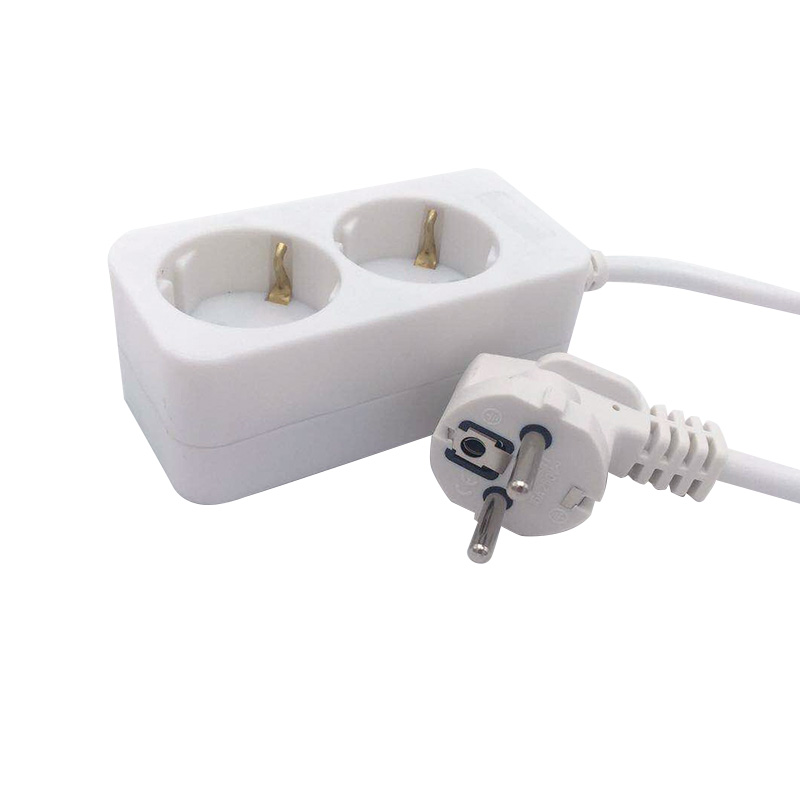

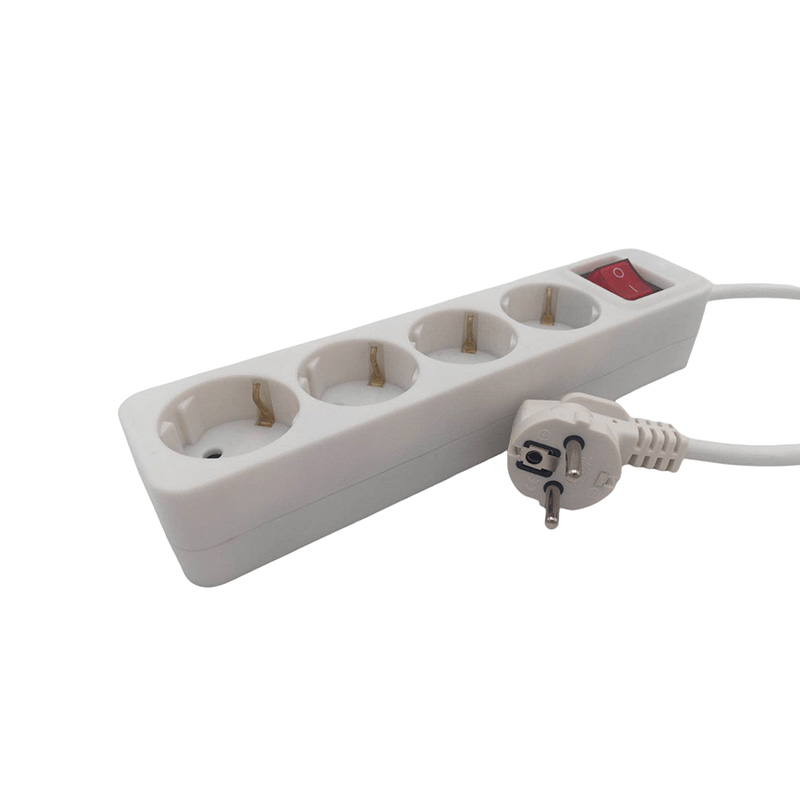
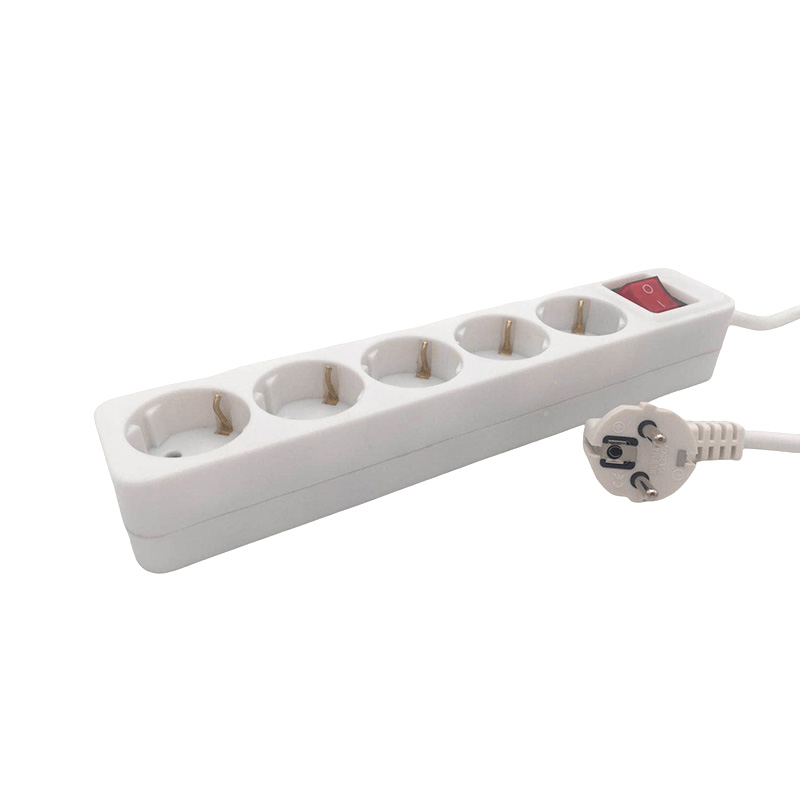
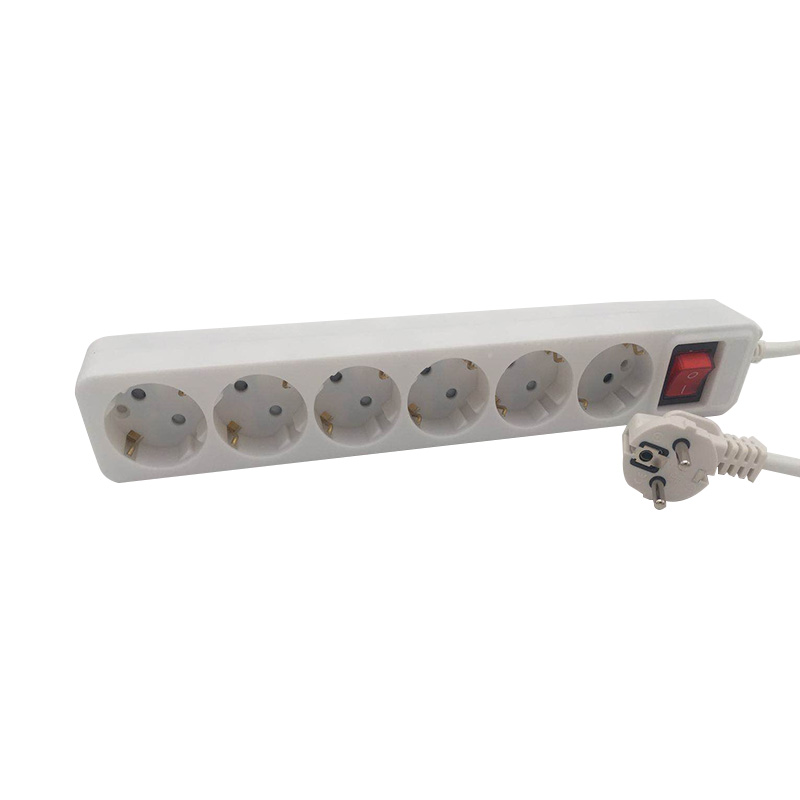
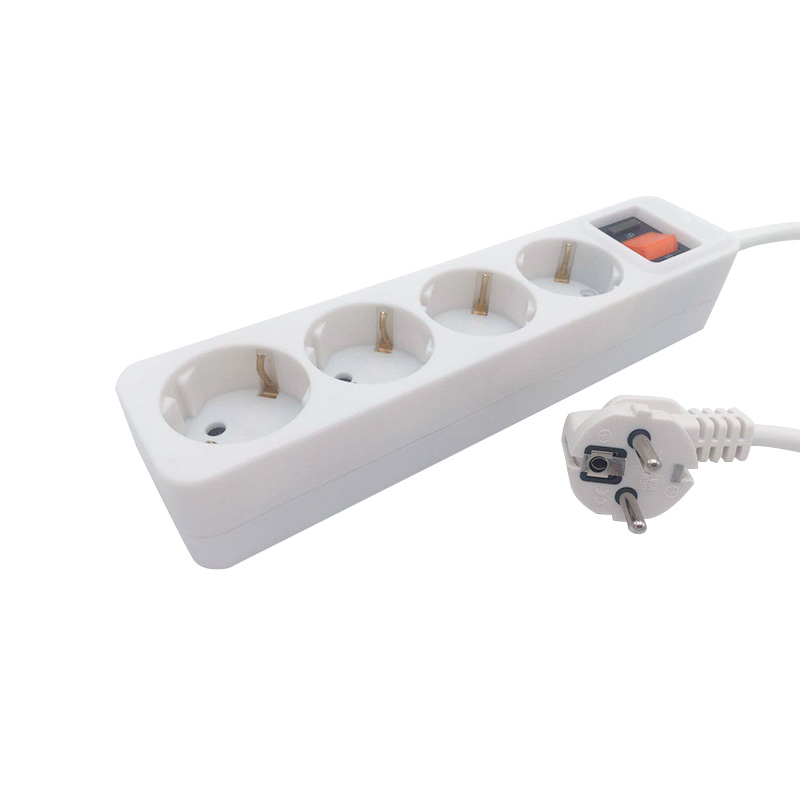
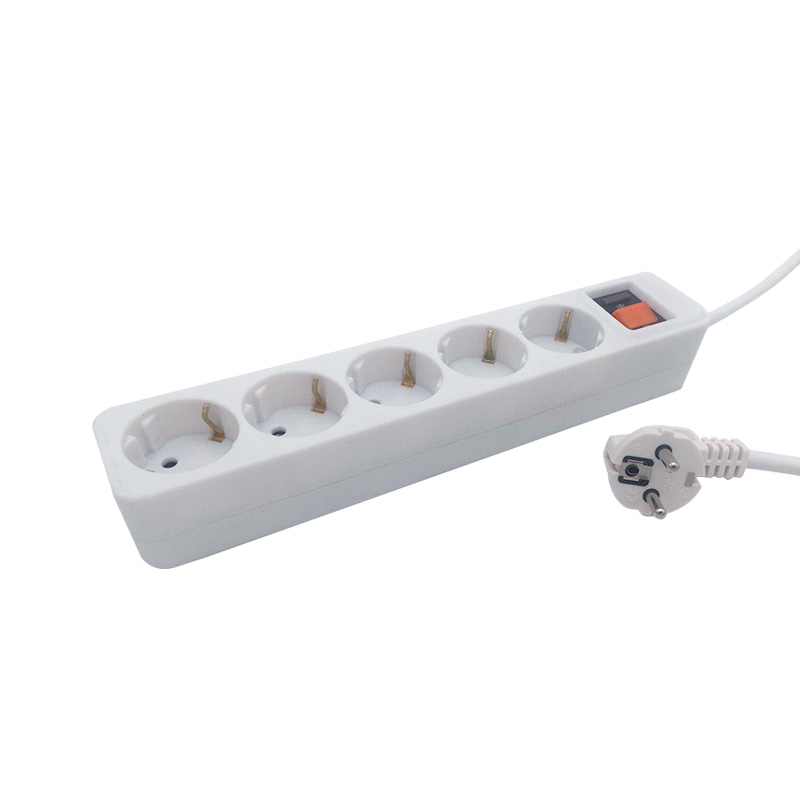


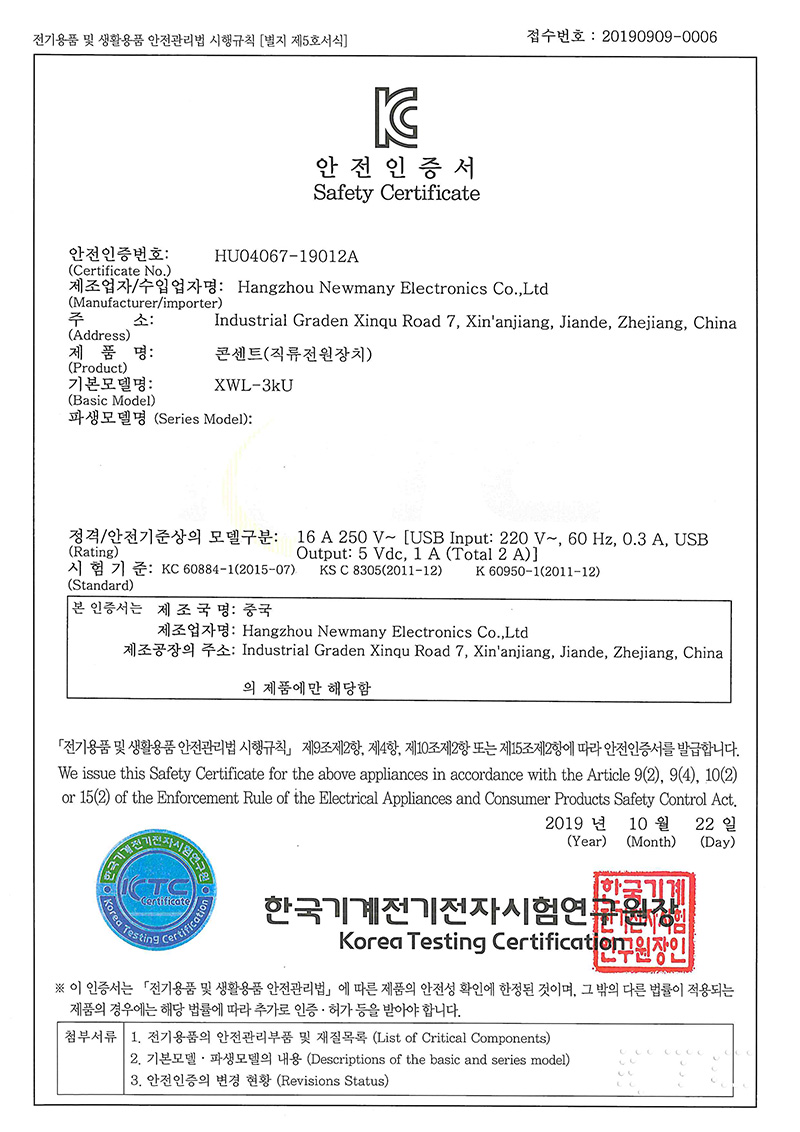
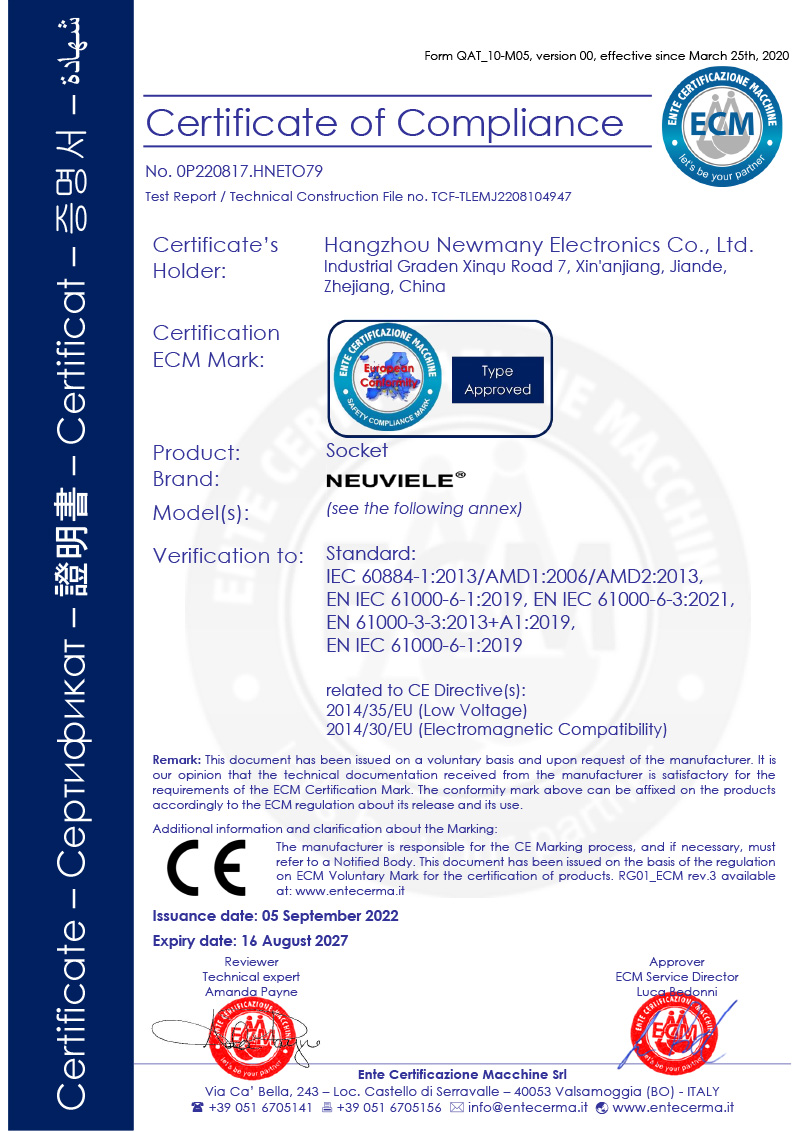

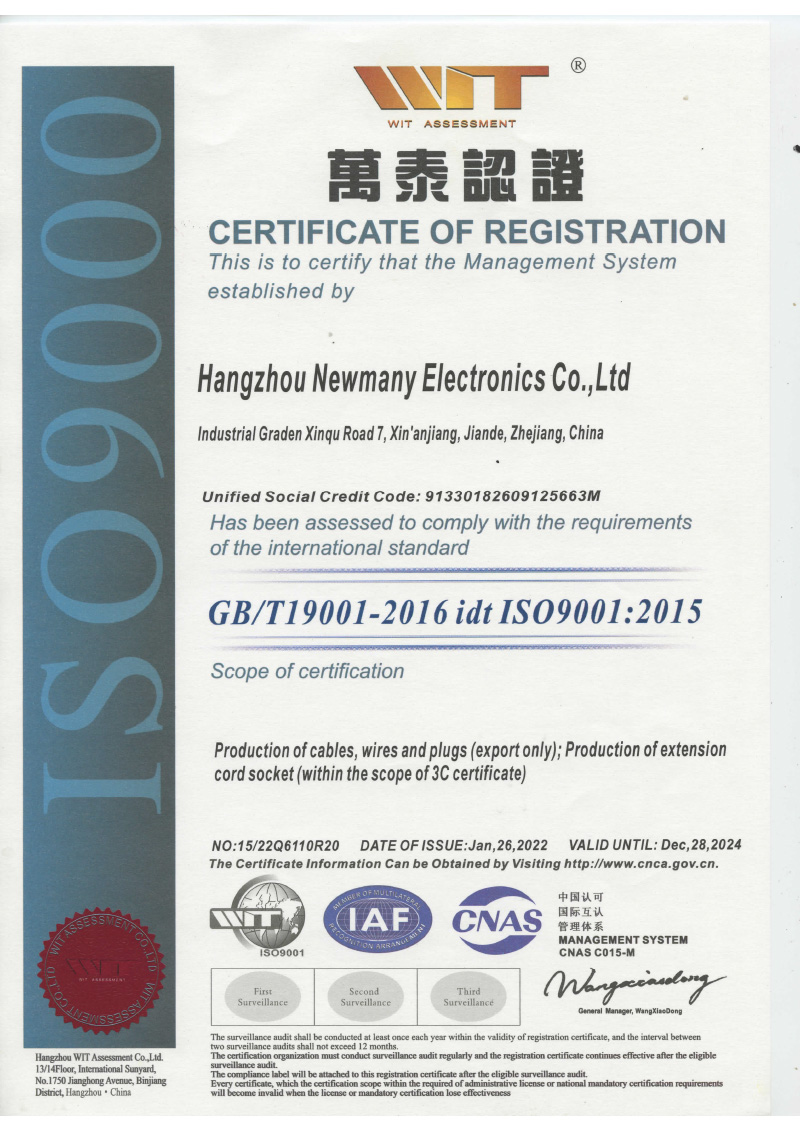
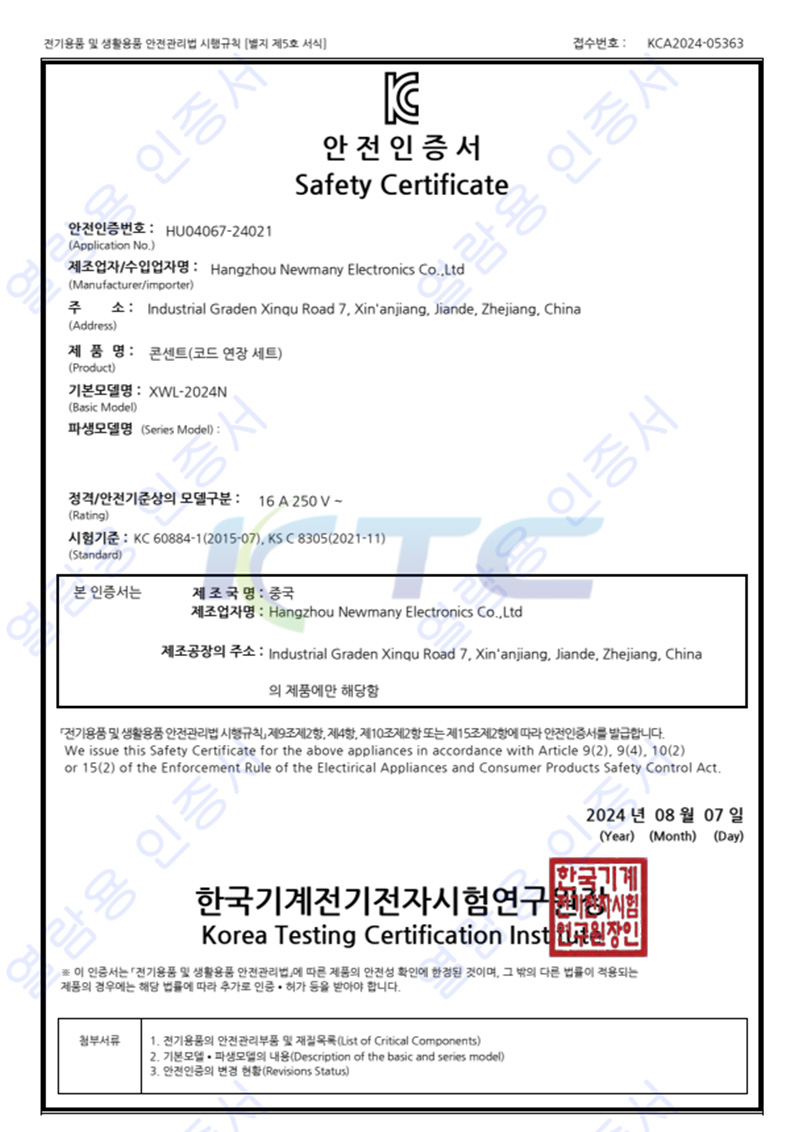


 TOP
TOP